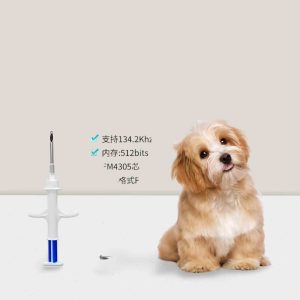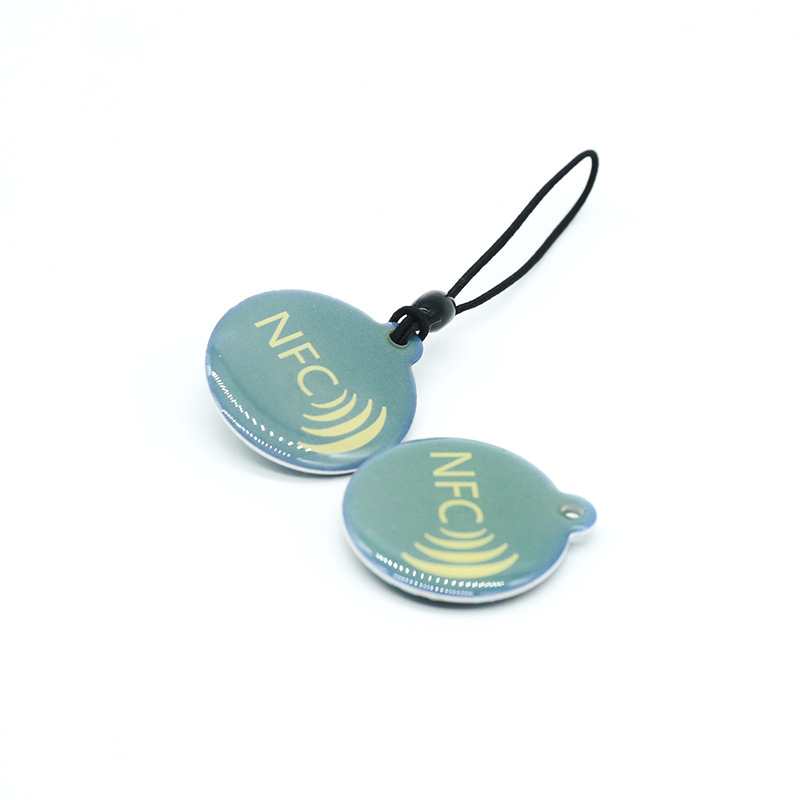Understanding Microchips for Pets
Microchipping has become a cornerstone in ensuring the safety and security of our beloved pets. These small, implantable devices offer a reliable method of identification, enabling swift reunions between lost pets and their owners.

The Functionality of Microchips
Microchips operate through Radio Frequency Identification (RFID) technology, emitting a unique signal that can be read by compatible scanners. This technology ensures that pets can be identified quickly and accurately, even if they stray far from home.
Key Benefits of Microchipping
Permanent Identification: Unlike collars or tags that can be lost or removed, microchips provide a permanent means of identification for pets.
Global Recognition: Microchips are recognized internationally, making them invaluable for pet owners who travel with their furry companions.
Increased Chance of Reunion: Studies have shown that microchipped pets are more likely to be reunited with their owners, underscoring the importance of this technology in pet safety.
The Process of Microchipping
Microchipping is a simple and relatively painless procedure that can be performed by a veterinarian during a regular office visit. The microchip, about the size of a grain of rice, is inserted under the pet’s skin using a needle, typically between the shoulder blades.
Addressing Common Concerns
Safety: Microchips are considered safe for pets and have been used in millions of animals worldwide without any adverse effects.
Privacy: Pet registries adhere to strict privacy guidelines to protect the personal information of pet owners, ensuring confidentiality and security.
Migration: While rare, microchips can migrate within the body over time. However, this does not pose a significant health risk to the pet.
Conclusion
Microchipping is a critical component of responsible pet ownership, offering peace of mind and security for both pet owners and their furry companions. By ensuring that your pet is microchipped, you’re taking proactive steps to maximize their safety and increase the likelihood of a swift reunion in the event that they become lost or stolen. Don’t wait until it’s too late—microchip your pet today and give yourself the assurance that they’re protected for life.
FAQs
1. Is microchipping painful for my pet? Microchipping is a quick and relatively painless procedure, similar to a routine vaccination. Most pets experience minimal discomfort.
2. Can a microchip be removed or tampered with? While it’s technically possible to remove a microchip, it requires surgery and is not a common occurrence. Microchips are designed to stay in place for the lifetime of the pet.
3. Will my personal information be safe in a pet registry? Yes, pet registries adhere to strict privacy guidelines to protect the personal information of pet owners.
4. Do I still need to use a collar and ID tags if my pet is microchipped? Yes, it’s recommended to use both a collar with ID tags and a microchip for maximum identification protection.
5. What should I do if my pet goes missing? If your pet goes missing, contact local animal shelters, veterinary clinics, and animal control agencies immediately. Provide them with your pet’s microchip number and ensure your contact information is up to date in the pet registry database.












